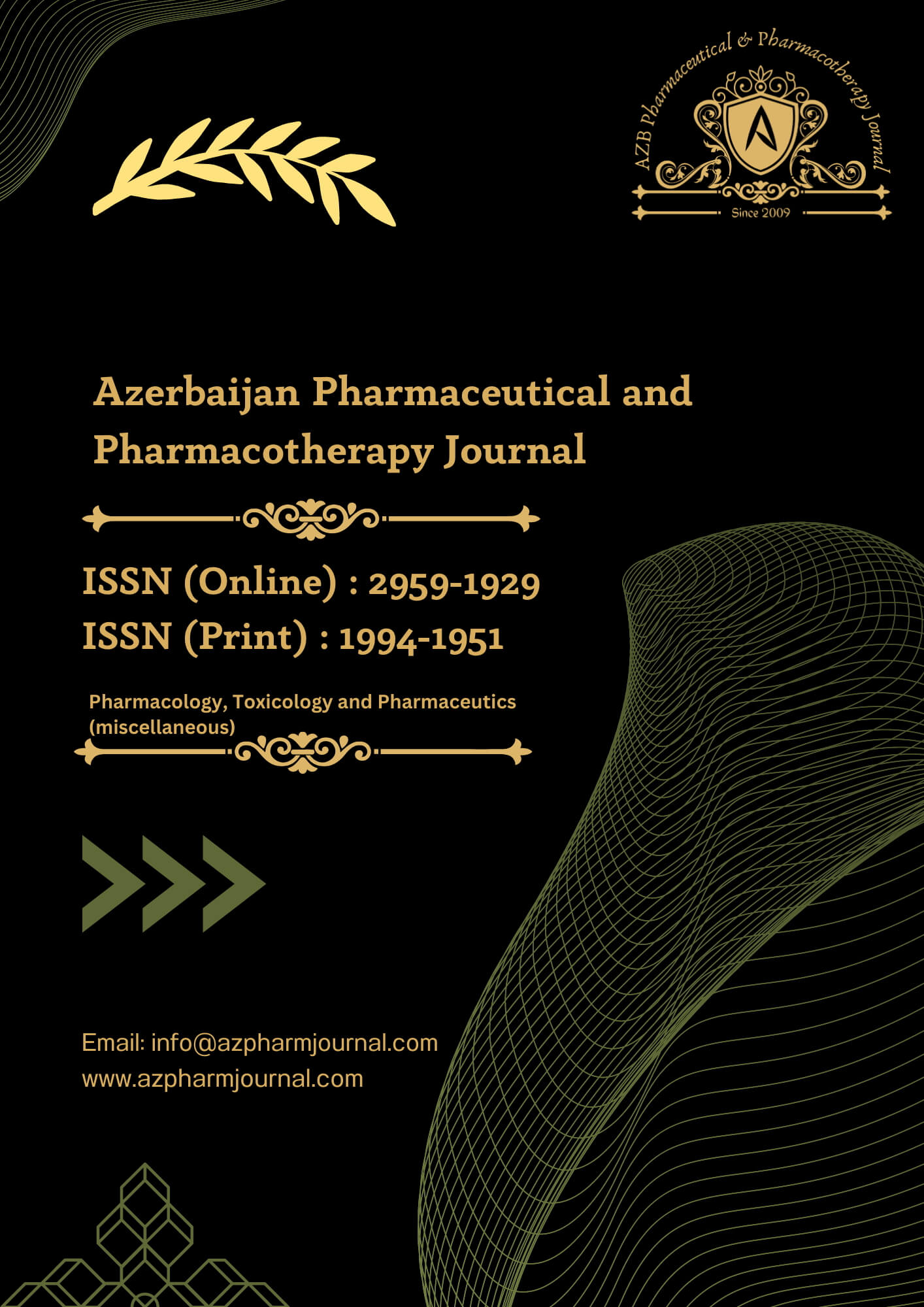Table 2 : Age Wise distribution of cases
|
Age (yrs)
|
Number
|
Percentage
|
|
18 – 30
|
25
|
25.00
|
|
30 – 50
|
32
|
32.00
|
|
50 – 70
|
24
|
24.00
|
|
>70
|
19
|
19.00
|
|
Total
|
100
|
100
|
|
Mean ± SD
|
43.33 ± 17.87
|
Maximum 32% cases were of 30 – 50 yrs age followed by 25% of 18 – 30 yrs whereas minimum 19% were of >70yrs.Mean age of study population was 43.33 ± 17.87 yrs with age range of 18-75 yrs
Table 3: Distribution of cases according to Chief complaint
|
Chief complaint
|
Number
|
Percentage
|
|
Abdomen Pain
|
100
|
100.00
|
|
Vomiting
|
72
|
72.00
|
|
Distension
|
84
|
84.00
|
|
Fever
|
57
|
57.00
|
|
Constipation
|
20
|
20.00
|
In our study, all patients had abdominal pain, 84% cases had distension and 72% cases had vomiting whereas minimum 20% had constipation followed by 57% had fever as chief complaint.
Table 4: Distribution of cases according to Signs
|
Signs
|
Number
|
Percentage
|
|
Tachycardia
|
92
|
92.00
|
|
Tenderness
|
98
|
98.00
|
|
Mass
|
6
|
6.00
|
|
Guarding and rigidity
|
57
|
57.00
|
In our study, 98% had tenderness, 92% tachycardia and 57% had guarding and rigidity and 6% had mass
Fig: 1. Distribution of cases according to Organ failure

In our study, on hematological investigations mean value of Serum creatinine was 1.82 ± 0.86 mg/dl, mean serum urea was 100.4 ± 85.4 mg/dl, Po2 was 30.05 ± 7.45 mmHg and Pco2 was 47.75 ± 11.31 mmHg. Maximum 74% cases had urine output >500ml whereas minimum 27% had <500ml output. In our study, 26% had shock and 74% does not had shock.
Table 5: Distribution of cases according to radiological investigation and according to malignancy
|
Radiological investigation
|
Number
|
Percentage
|
|
Gas under diaphragm
|
88
|
88.00
|
|
Free fluid in peritoneal cavity
|
95
|
95.00
|
|
Malignancy
|
|
Present
|
7
|
7.00
|
|
Absent
|
93
|
93.00
|
|
Total
|
100
|
100
|
In our study, on radiological examination 95% had free fluid in peritoneal cavity whereas 88% had gas under the diaphragm.In our study, 7% had malignancy and 93% were not malignant.
Table 6:Association of outcome with severity of peritonitis
|
MPI category
|
Discharged
|
Dead
|
Mortality rate
|
|
No.
|
%
|
No.
|
%
|
|
Mild
|
34
|
42.50
|
0
|
0.00
|
0%
|
|
Moderate
|
34
|
42.50
|
2
|
10.00
|
5.6%
|
|
Severe
|
12
|
15.00
|
18
|
90.00
|
60%
|
|
Total
|
80
|
100.00
|
20
|
100.00
|
20%
|
|
P value
|
0.0001**
|
Fig. 2. Type of peritonitis

In our study, all were discharged in mild category, followed by 94.44% in moderate category and 40% in sever category were discharged. In our study, 90% deaths were in sever category and 10% in moderate category. The difference was found to be statistically significant.(p<0.05) Mortality rates were maximum in sever category whereas minimum 5.6% in moderate group.
Fig:3. Distribution of cases according to type of peritonitis and according to type of Exudate

In our study, maximum 96% had generalized peritonitis whereas minimum 4% were localized peritonitis. In our study, maximum 62% had purulent exudates whereas minimum 38% were fecal exudates.
